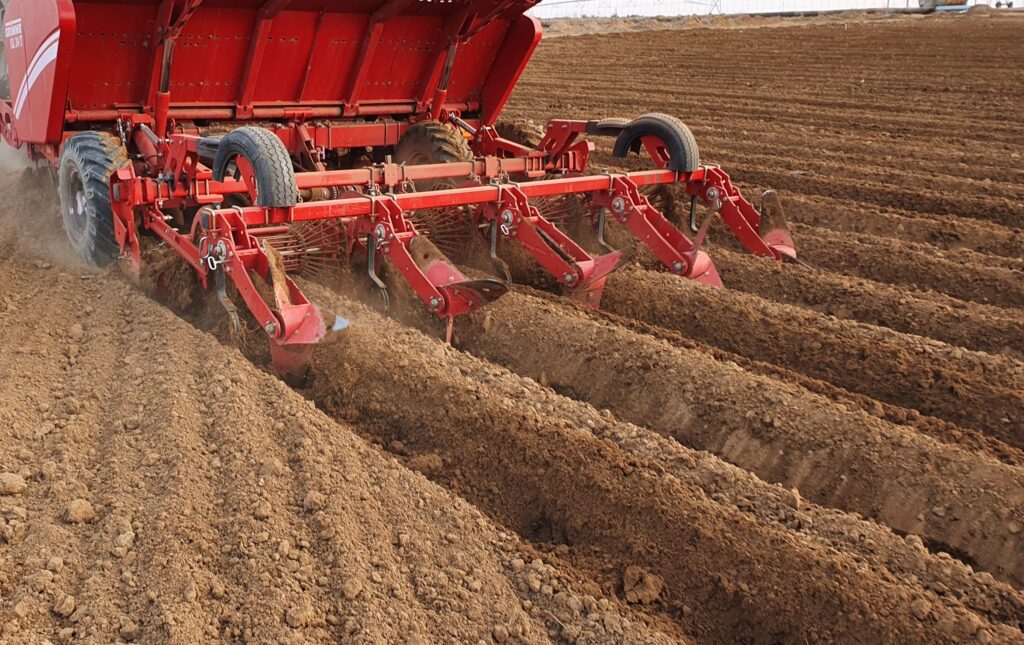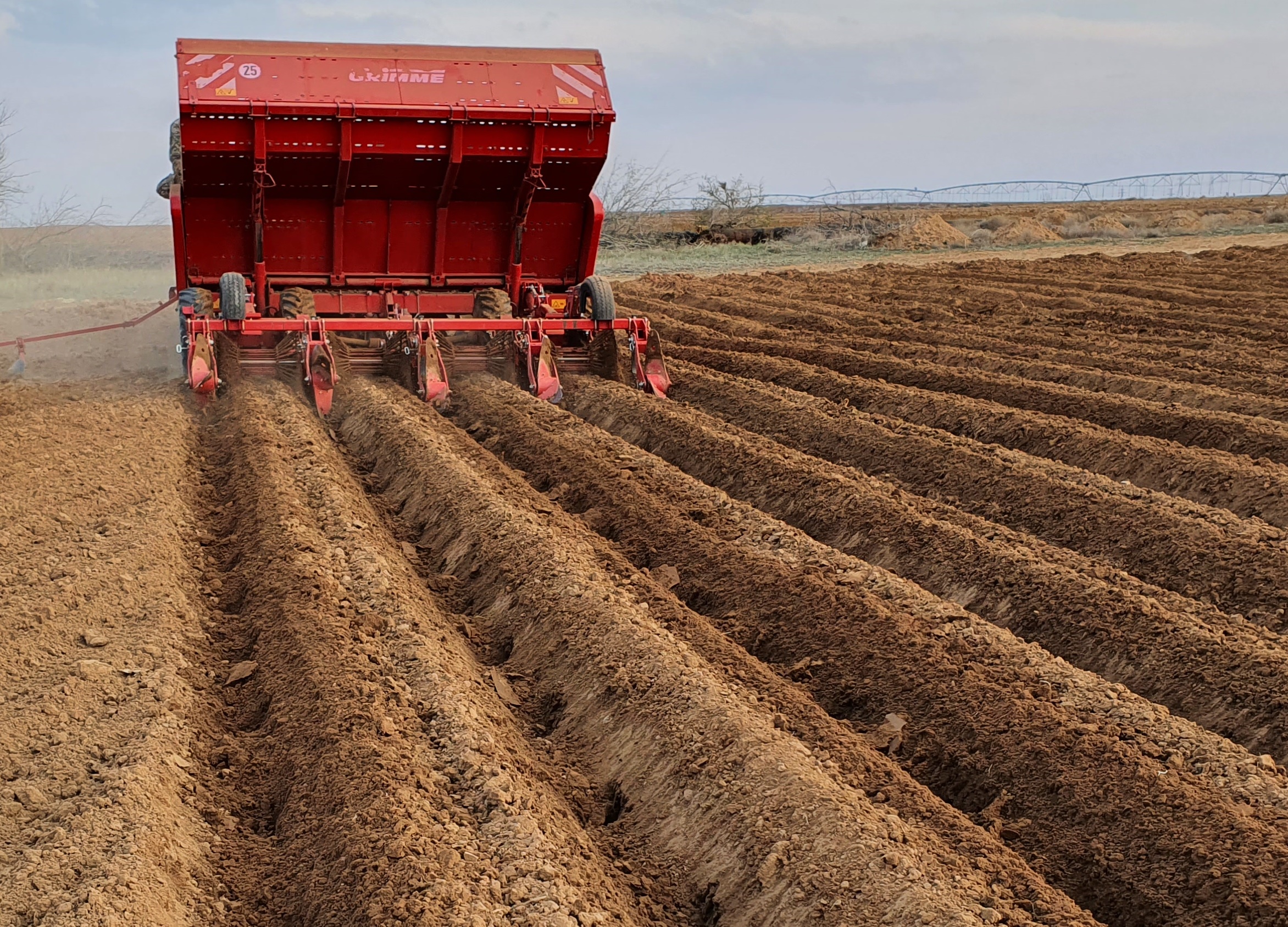From this year onwards, arable farmers will have to take runoff-limiting measures for ridge crops on clay or loess plots adjacent to a waterway. These measures are intended to prevent surface run-off to nearby waterways. From now on, the obligation applies to make the run-off from ridges (raised strips) more difficult and prevent it as much as possible. Consultancy organization Countus has listed the measures.
From this year onwards, arable farmers will have to take rinse-limiting measures for ridge crops on clay or loess plots adjacent to a waterway. This measure has been introduced to prevent nutrients and pesticides from running off into surface water. This measure should improve the quality of the surface water.
Which crops?
Which crops fall under the definition of ‘ridge cultivation’? According to Countus it is clear that this includes the cultivation of potatoes. However, this definition should be interpreted much more broadly. According to the official explanation, LNV understands ‘ridge cultivation’ to mean all crops in which the crop is grown in raised strips of soil. This means that the cultivation of flower bulbs, chicory, carrots and asparagus also falls under the definition of ‘ridge cultivation’.
Three options
Farmers with plots of clay or loess soil adjacent to a waterway can choose from three options to make runoff more difficult: thresholds, ditches / trenches or an unfertilized field edge

1. Thresholds
A farmer who opts for thresholds must install these between the ridges with a height of between 5 and 10 centimeters. The thresholds must be equidistant between a minimum of 40 centimeters and a maximum of 200 centimeters. They should be applied during or just after making the ridges. If crop damage threatens, the measure may be temporarily lifted. This is allowed, for example, in the case of water rot as a result of too long water storage due to the construction of thresholds (in extreme weather conditions). After that, the thresholds must be reapplied as soon as possible. Over time, the thresholds become smaller and the thresholds are no longer needed when the crop is closed.
2. Trenches / slots
Instead of thresholds between the ridges, the grower may also construct ditches or trenches. The purpose of these drainage ditches or infiltration trenches is that they collect the water from the plot in non-extreme weather conditions. These ditches / trenches must not drain into a watercourse. The trenches should be 30 to 50 centimeters wide and 30 to 40 centimeters deep. They should be used parallel or perpendicular to the watercourse. Infiltration trenches are 10 to 15 centimeters wide, 70 to 90 centimeters deep and should be constructed parallel to the watercourse or as a ring trench around the plot, according to Countus. If necessary, ditches or trenches can be led to the watercourse via an overflow pipe – which only overflows during extreme rainfall.
3. Untreated and unfertilized field edge
The third option involves the creation of an unpaid and unfertilized field edge. This must be installed parallel to the watercourse with a minimum width of 3 meters. The approach is that this strip becomes overgrown during the growing season. This reduces runoff and the strip also collects soil particles. This unpaid zone may not be used for arable cultivation, but is, for example, overgrown by herbaceous grassland, flower strips and / or banker plants. This also contributes to biodiversity. According to Countus, it is not yet entirely clear whether the grower may count the field edge as a field edge for the implementation of the EA greening for the CAP. It is also not yet clear whether the field edge may be used as a path.
Higher yields
Potato growers in South Limburg have already gained some experience with thresholds between the potato ridges and the roughening of the ridges. This with the prevention of erosion and more infiltration of the rainwater in the ridges. The first results show higher yields of a few tons per hectare on plots with rough ridges and sills.
Related articles

